Introduction:
Dental restoration involves repairing or replacing damaged or missing teeth. Whether you’re treating a cavity, replacing a lost tooth, or enhancing your smile’s appearance, dental restoration plays a vital role in maintaining oral health and boosting confidence. In this guide, we’ll explore various aspects of dental restoration, including common problems, procedures, and tips for caring for restored teeth.
Common Dental Problems That Require Restoration:
1.Cavities and Dental Fillings:
Cavities, or tooth decay, develop when bacteria erode the tooth’s outer layer, called enamel. Dentists address this issue by removing the decayed portion and filling the space with materials like amalgam, composite resin, or porcelain. This simple and usually painless procedure restores the tooth’s shape and function, while also preventing further damage.
2.Cracked or Broken Teeth:
Teeth can crack or break due to accidents, injuries, or chewing hard objects. To fix this, dentists often recommend crowns. A crown covers the entire tooth above the gum line, protecting it and restoring its strength and appearance. Dentists custom-make crowns to match your natural teeth for a seamless look.
3.Missing Teeth:
Missing teeth, whether from decay, gum disease, or injury, can impact both your smile and oral health. Dental bridges and implants offer solutions for replacing them. A bridge fills the gap by attaching artificial teeth to the neighboring natural teeth. In contrast, an implant involves placing a small titanium post into the jawbone, and after the post bonds with the bone, a crown is placed on top, restoring the tooth’s function and appearance.
Types of Dental Restoration Procedures:
1.Cosmetic Dentistry:
Cosmetic dentistry focuses on improving the appearance of teeth and your smile. Popular treatments include teeth whitening, veneers, and bonding, which enhance the color, shape, and alignment of teeth, boosting your confidence.
2.Restorative Dentistry:
Restorative dentistry aims to repair or replace damaged or missing teeth. It includes procedures like fillings, crowns, bridges, implants, and root canals. A root canal treats infected teeth, preventing extraction and helping you retain your natural teeth for as long as possible.
3.Orthodontic Treatments:
Orthodontic treatments, such as braces or clear aligners, straighten crooked teeth and correct bite issues. Straight teeth are not only more attractive but also easier to clean. Fixing alignment problems can help prevent cavities, gum disease, and even jaw pain.
The Importance of Oral Hygiene in Dental Restoration:
1.Preventing Future Problems:
Good oral hygiene is essential for keeping both natural and restored teeth healthy. Regular brushing, flossing, and dental check-ups prevent new cavities, gum disease, and other oral health issues. These habits also help protect restorations from wearing out or failing prematurely.
2.Making Restorations Last Longer:
Proper care can make restorations like crowns and implants last for many years. However, poor oral hygiene can lead to complications that may cause restorations to fail sooner than expected. Regular dental visits allow your dentist to detect potential issues early, ensuring your dental work remains in good condition.
3.Better Overall Health:
Oral health and overall health are closely connected. Poor oral hygiene may lead to serious health problems, such as heart disease, diabetes, and respiratory infections. By taking care of your teeth and gums, you also support your general well-being.
The Steps Involved in Dental Restoration Procedures:
1.Examination and Diagnosis:
The first step in dental restoration is a thorough examination. Your dentist will assess your teeth, gums, and jaw for any issues. X-rays may be taken to provide a clearer view of the underlying problems. Based on the findings, your dentist will recommend the most appropriate treatment.
2.Treatment Planning:
Once your dentist identifies the necessary procedures, they will create a personalized treatment plan. This may involve one or multiple restoration techniques. Your dentist will explain each step of the process, including the materials they will use, to help you make informed decisions.
3.The Procedure:
Dental restoration procedures vary from simple fillings to more complex treatments like crowns or implants. Some procedures may take a single visit, while others, such as implants, require multiple appointments. Local anesthesia will numb the area during the treatment, ensuring your comfort.
4.Aftercare:
Proper aftercare is crucial to maintaining the success of your dental restoration. Follow your dentist’s instructions about eating, cleaning, and avoiding hard or sticky foods to protect your restorations. Regular check-ups are important to monitor your restored teeth’s health.
Conclusion:
Dental restoration is key to maintaining a healthy, functional smile. Whether you’re fixing cavities, cracked teeth, or replacing missing ones, these procedures restore the appearance and function of your teeth. By understanding the various restoration options and practicing good oral hygiene, you can keep your smile healthy and vibrant for years to come. Remember, regular dental visits ensure your restorations last as long as possible.
FAQs:
1.What is dental restoration?
Dental restoration repairs or replaces damaged or missing teeth to restore function and appearance.
2.What are the types of dental restorations?
Fillings, crowns, bridges, and dental implants are common restoration types used to address specific issues.
3.How long do dental restorations last?
Fillings can last up to 15 years, while crowns and implants can last significantly longer with proper care.
4.Is dental restoration painful?
Most dental restoration procedures are painless, as local anesthesia numbs the area during treatment.
5.How do I care for restored teeth?
Regular brushing, flossing, and dental check-ups are essential. Avoid chewing hard foods to protect restorations.
6.Can a dental filling fall out?
While fillings are durable, they may fall out due to wear or damage. Visit your dentist to have it replaced.
7.What is the best material for a crown?
Porcelain crowns are popular for their natural appearance, while gold and metal crowns offer strength and durability. Your dentist will recommend the best material based on your needs.
8.How soon can I eat after a dental restoration?
Wait until the anesthesia wears off. Your dentist will give specific instructions based on the restoration.
9.Are dental implants safe?
Yes, dental implants are a safe and effective solution for replacing missing teeth when performed by a trained professional.
10.Can I get a dental restoration if I have gum disease?
Dentists will treat gum disease before proceeding with a restoration, as healthy gums are essential for successful treatment.

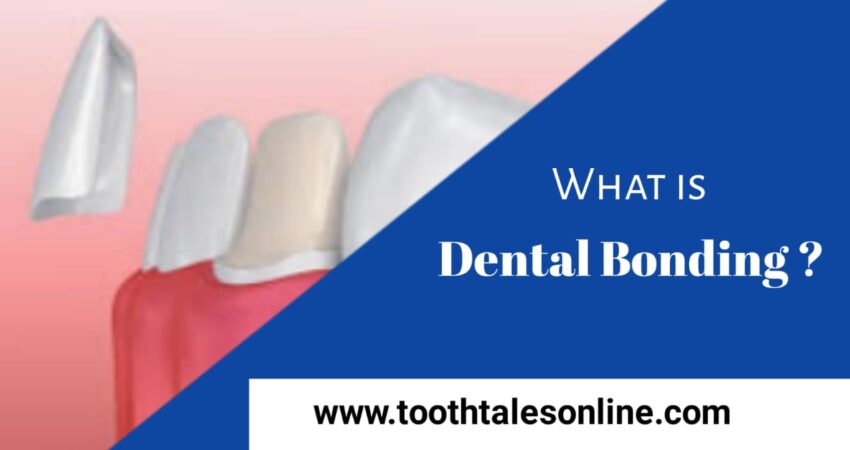

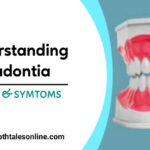
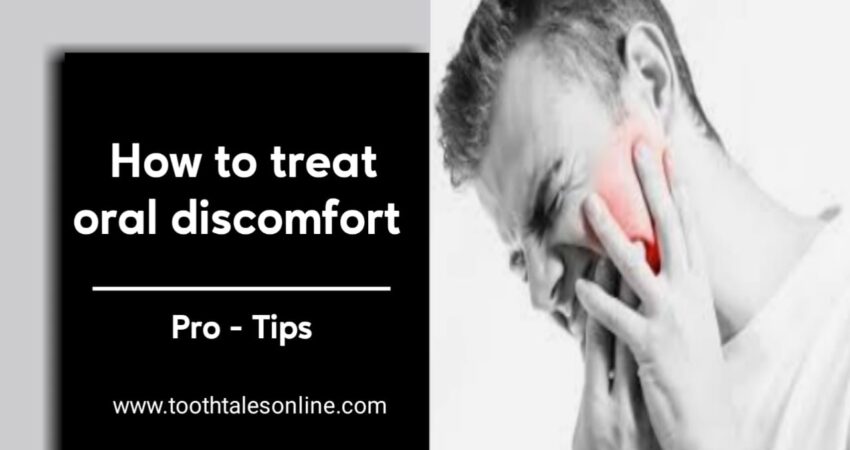



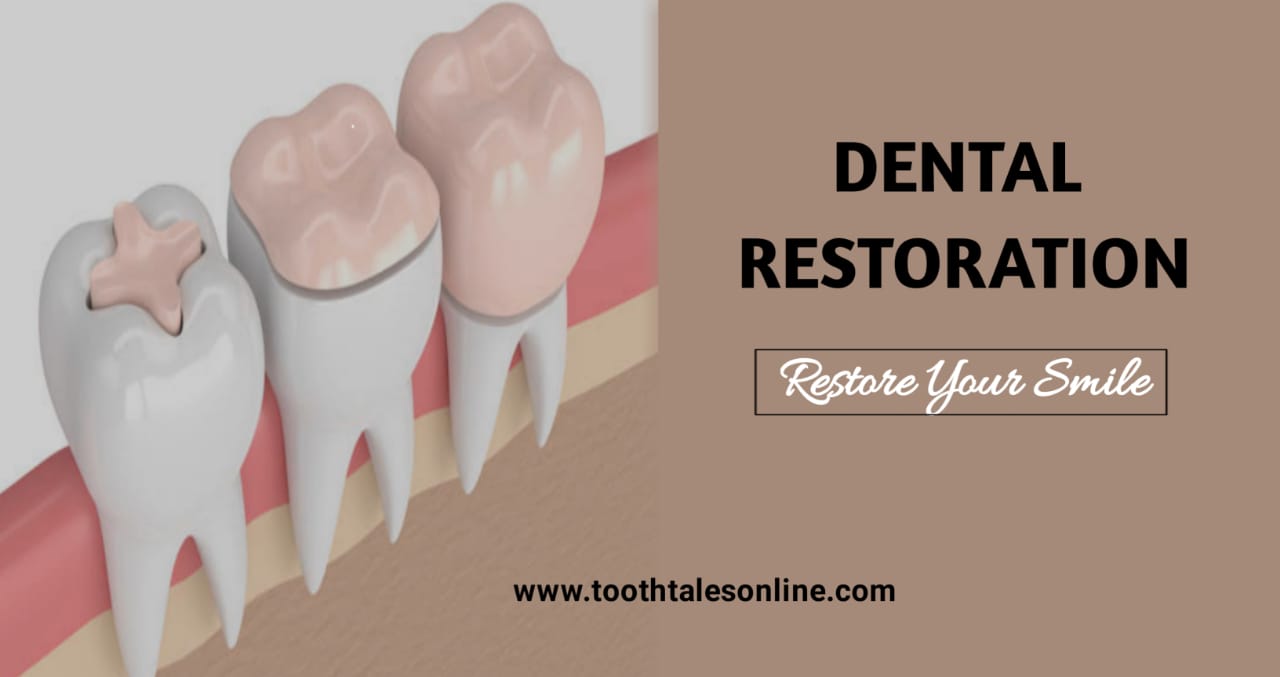
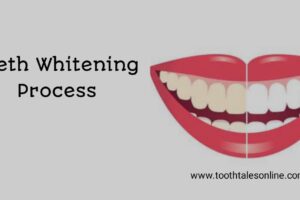
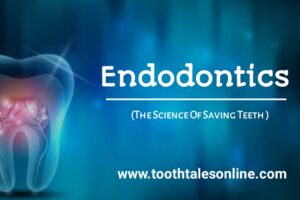
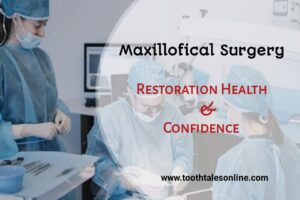










Add Comment